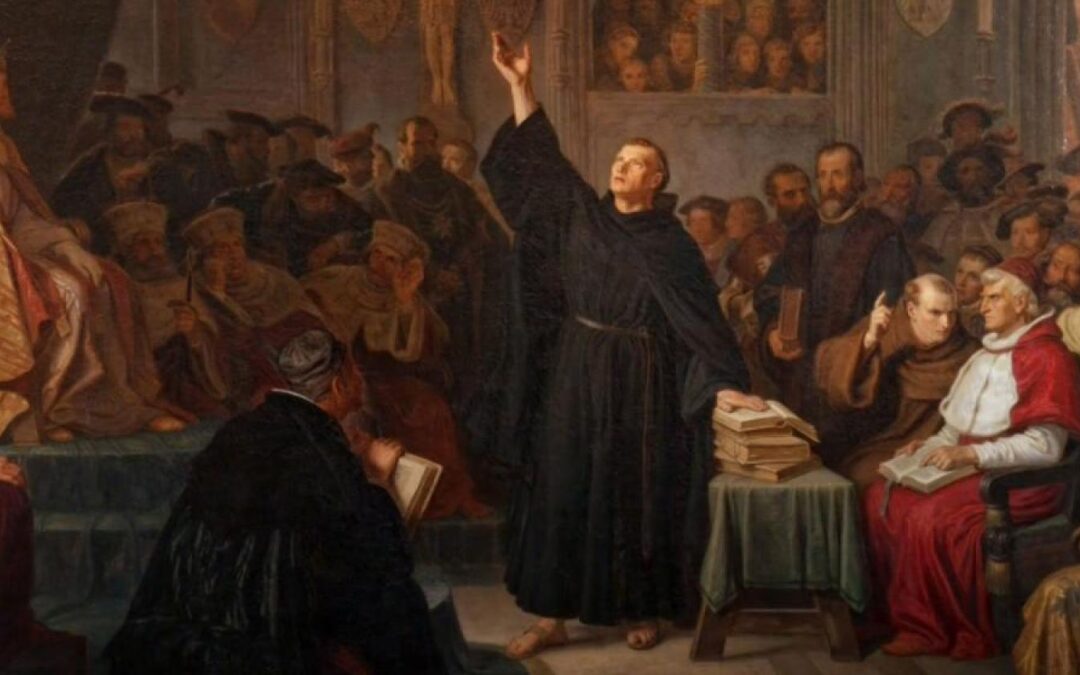Today is Reformation Day. October 31st is the day that Martin Luther posted his 95 theses, an open request to debate points of theology and abuse going on in the Medieval Roman Catholic Church. Here’s the thing…posts about today from both Protestants and Roman Catholics often talk about Martin Luther separating from the Church. Yet…that’s not the actual story.
The Early Church was seen as a part of the ongoing Jewish faith and practice. Jewish believers in Jesus still met in Synagogues, went to the Temple, and continued in their cultural and religious adherence to the faith, not also fulfilled through the Resurrected Christ. It was not the Christians who ‘split off’ from the rest. They understood they were the fulfillment of the law, now with Gentiles grafted in, and would continue to do so. But just a few years following the close of the New Testament Canon, we see in history the complete separation of the Christian and the Jewish faith. This separation was primarily instigated by the now templeless Jewish worshipers. The desire was not to be separate, but to let God’s people know that all they had been hoping and praying for was now here, and has been fulfilled.
Later on in history after the Reformation we see in the life of John Wesley, who, while remaining an Anglican priest his whole life, faced severe distrust from the State Church because of His Gospel centered and transformational preaching, and the Methodist movement was officially separated almost directly following his death. While this likely would have happened eventually, his desire was not to start a new church movement, but instead to reform and recenter the Anglican Church around the transforming nature and work of the Gospel.
And just a few generations later we see this again with B.T. Roberts in western New York in the late 1800’s. The preaching of the Gospel, and of holiness led the at the time lukewarm Methodist Episcopal church to defrock Roberts and other clergy, leading to the Free Methodist Church being formed in 1860. Again, not a desired separation, but a forced one by those not thrilled about the convictional lives and preaching of Roberts and his compatriots.
This now brings us back to Martin Luther in 1615. Luther did not desire separation, he did not desire to form a new movement, or be anything other than a part of the Church. And yet, he didn’t have any choice. He was forced out by a Papal Bull that excommunicated him. But when Luther nailed the theses to the Church door on October 31, 1615, it was not to start a new church, but to address the abuses and accretions in the Church of that day. And that is the true spirit of the Reformation. Not a desire for schism or control, but the desire, but to see the Church return to the Gospel, and to see abuses remedied.
This was the continued desire of the Magisterial Reformers, which has sadly been overshadowed in large part by the ideas of the radical reformation that almost wholly rejects the premises of reform established by Luther himself.
So the call to the Church today is to continue reforming. But not to just make changes or “get rid of tradition”, but to remain rooted in the Gospel, and the traditions that God has given and established through His Church, and continue spreading the Kingdom until He returns.

